SOURCE: IDRW.ORG TEAM
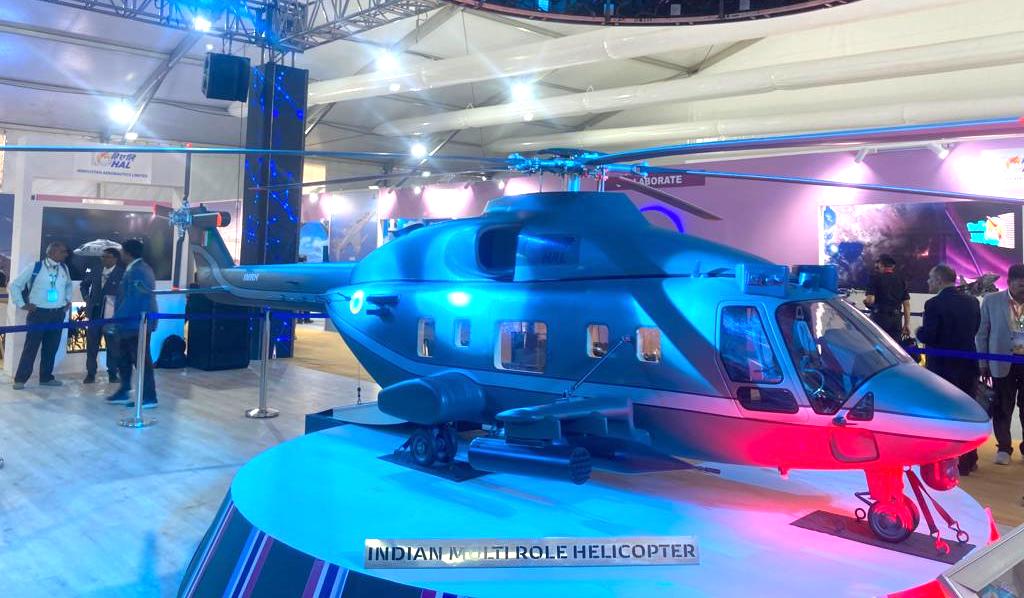
Hindustan Aeronautics Limited (HAL) is on the lookout for a qualified engineering service provider to collaborate on the structural design and analysis of the Indian Multi-Role Helicopter (IMRH) airframe. This initiative underscores HAL’s commitment to enhancing the indigenous capabilities of India’s defense manufacturing industry.
The selected engineering service provider, acting as the design partner, will undertake the critical task of defining the structural design of the IMRH airframe, starting from the Preliminary Design Phase. This includes the design of both metallic and composite components. The scope of work encompasses various aspects, such as detailed sizing, creating detailed finite element models (DFEM), producing stress analysis reports, generating manufacturable 3D part definitions, incorporating model-based dimensioning in CAD models, developing system models, mapping requirements to CAD geometry, establishing trace links for verification and validation, and creating part and assembly drawings, all while adhering to budgeted weight constraints.
Continue readingSOURCE: RAUNAK KUNDE / NEWS BEAT / IDRW.ORG
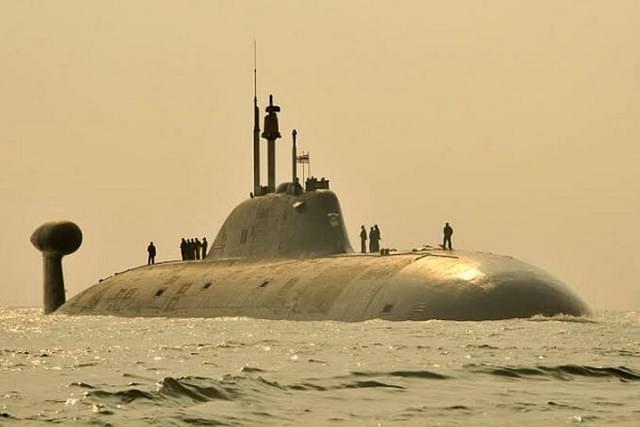
In 2019, India and Russia forged an agreement for the lease of an Akula-1 class nuclear-powered attack submarine from Russia, to be named Chakra III. This lease was set for a decade and was a significant development in India’s naval capabilities. However, amid the ongoing Russia-Ukraine conflict and Western sanctions on Russian entities, the deal has hit an impasse. The majority of payments from India for the lease have not been processed, raising questions about the fate of the Chakra III lease.
The Chakra III deal included the lease of an Akula-1 class nuclear attack submarine from Russia, with the delivery to the Indian Navy scheduled for 2025. This submarine was set to be the third Russian nuclear attack submarine leased to the Indian Navy. The agreement also covered the refurbishment of the submarine, incorporating Indian communication and sensor systems, as well as providing spare support and the technical infrastructure required for its operations.
Continue readingSOURCE: RAUNAK KUNDE / NEWS BEAT / IDRW.ORG

Hindustan Aeronautics Limited (HAL) has undertaken significant improvements to the auto-pilot system of its 3-ton Light Utility Helicopter (LUH). Fresh trials are underway to showcase these enhancements, to secure orders from the Indian Army and Indian Air Force. HAL has already received a Letter of Intent from the services for the production of 12 LUHs, a homegrown helicopter designed and developed in India.
The Indian Army has plans to procure a substantial order of 110 LUHs, pending a comprehensive evaluation of the initial six versions of HAL’s light utility chopper that the Army is set to receive. It is expected that bulk orders for LUHs will be placed in 2024, paving the way for deliveries commencing in 2026.
Continue readingSOURCE: RAUNAK KUNDE / NEWS BEAT / IDRW.ORG
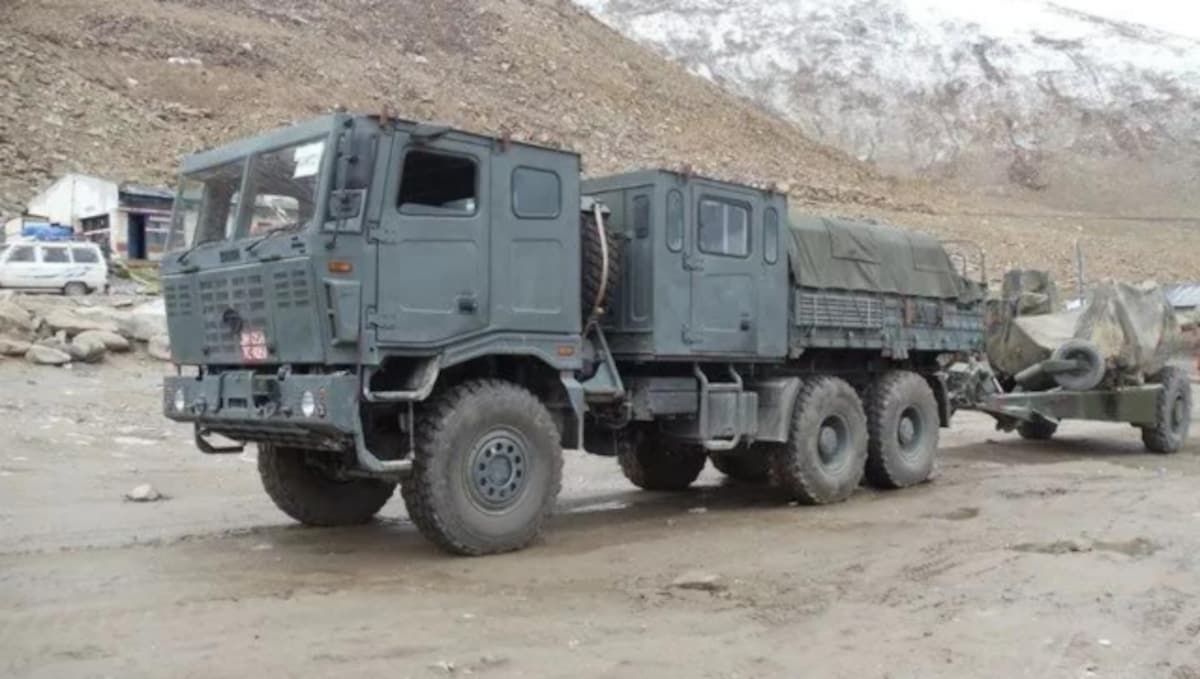
The Indian Army has taken a significant step towards enhancing its artillery support capabilities by issuing a Request for Information (RFI) for the procurement of High Mobility Vehicles (HMV) 6×6. These specialized vehicles, known as Gun Towing Vehicles (GTV), are crucial in providing the necessary mobility and logistical support for heavy artillery units.
The RFI outlines several key parameters for the Gun Towing Vehicle, which are pivotal to its effectiveness in supporting heavy artillery units:
Continue readingSOURCE: IDRW.ORG TEAM
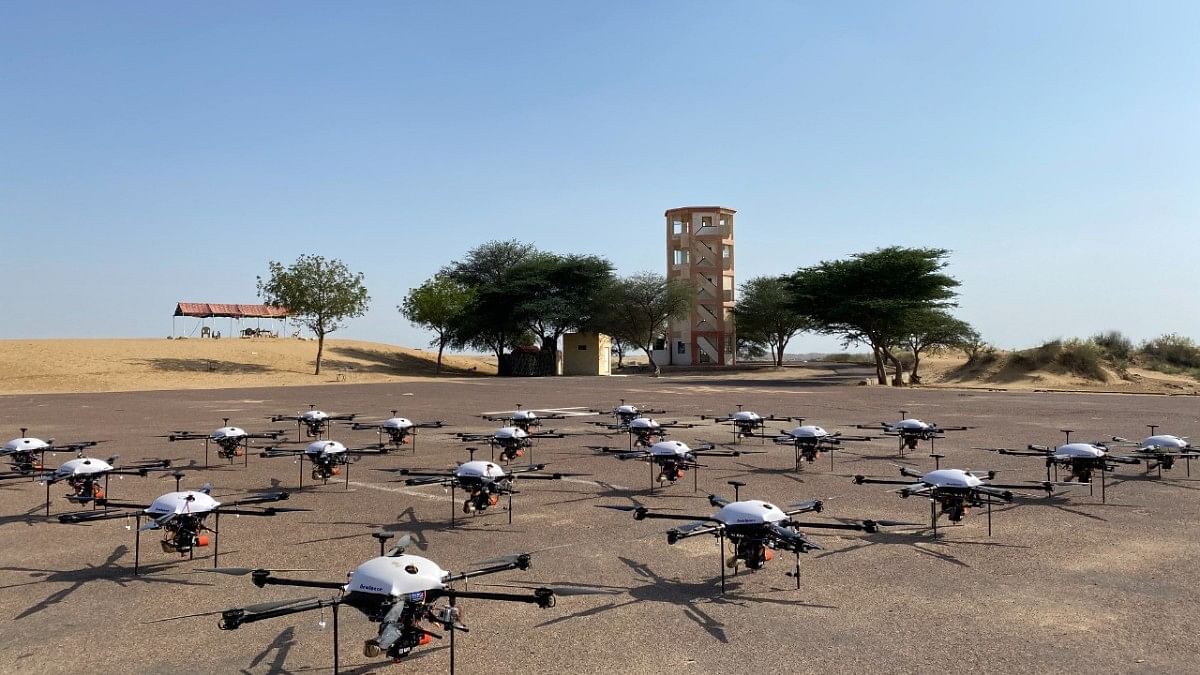
The Indian Armed Forces are rapidly evolving and embracing cutting-edge technology to bolster their capabilities. In the last two years, orders exceeding 1,000 crores have been placed for the procurement of Swarm and Loitering Ammunitions from Indian private sector companies. These advanced systems are gaining prominence, especially in the wake of the Russia-Ukraine war, as India seeks to learn and adapt from global conflict scenarios.
Swarm and Loitering Ammunition, characterized by their ability to coordinate and adapt during missions, are emerging as a game-changing arsenal in modern warfare. The Indian Armed Forces recognize their potential and are actively investing in this technology to enhance their operational readiness.
Continue readingSOURCE: IDRW.ORG TEAM

Dehradun-based India Optel Limited, a prominent Defense Public Sector Unit (PSU), has marked a significant milestone by initiating its maiden export consignment of the Missile Sight 9SH-119 M1 to SCIENCOM FZE in Sharjah, United Arab Emirates. The exported missile sight system is a critical component designed for the BMP-2 amphibious infantry fighting vehicle, which originated from the Soviet Union. This development underscores India’s growing presence in the global defense market and showcases the versatility of its indigenous defense capabilities.
The Missile Sight 9SH-119 M1 is an advanced optical targeting system specifically developed for the BMP-2 amphibious infantry fighting vehicle. These vehicles have been a mainstay in various armed forces around the world, with the Indian Army alone operating more than 2400 BMP-2K “Sarath” units. These Indian-manufactured BMP-2K vehicles were produced under license from the former Ordnance Factory Board (OFB) to cater to the specific requirements of the Indian Army.
Continue readingSOURCE: RAUNAK KUNDE / NEWS BEAT / IDRW.ORG
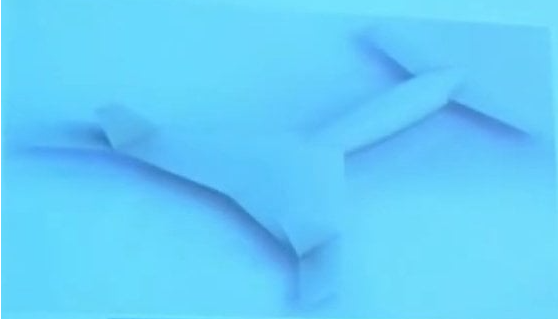
The National Aerospace Laboratories (NAL) in India is at the forefront of cutting-edge technology development, and their latest innovation is poised to make a significant impact on military operations. NAL is working on an Autonomous Fire and Forget UAV Loitering Munition, a weapon system that is akin to the Iranian Shahed 136-class loitering munition, which has gained prominence in recent conflicts, including the Ukraine war involving Russia.
This advanced technology promises an impressive range, endurance, and autonomous capabilities that could reshape the landscape of modern warfare.
Continue readingSOURCE: RAUNAK KUNDE / NEWS BEAT / IDRW.ORG
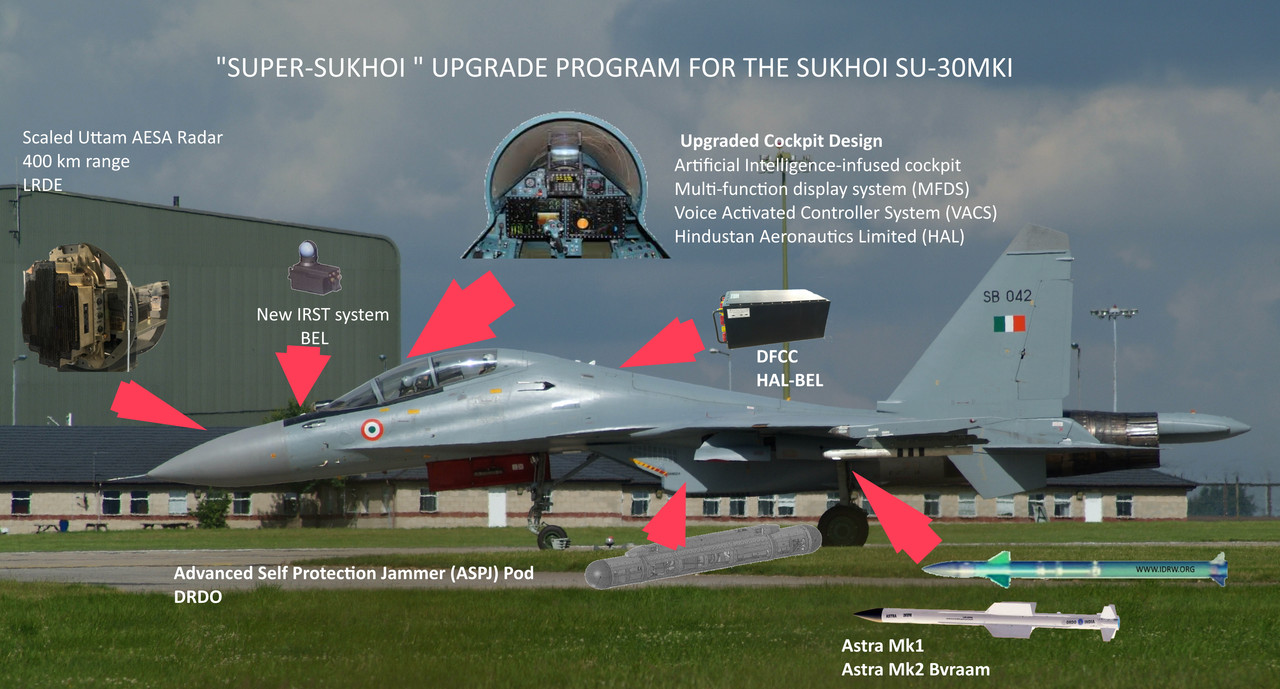
In a surprising turn of events, Russia’s prominent arms export company, Rosoboronexport, has acknowledged its limitations in delivering military equipment to overseas clients. The primary reason for this setback is Russia’s urgent need to focus on its campaign in Ukraine, where it has encountered repeated challenges. This revelation, made through an official press release on October 19, has raised eyebrows in the global arms trade arena.
One of the key repercussions of this shift in priorities is seen in the context of India’s Su-30MKI fighter jet upgrade program. Rosoboronexport, which initially proposed an all-Russian hardware configuration for the “Super 30” upgrade, has had to yield to India’s HAL (Hindustan Aeronautics Limited) proposed “Super 30” upgrade configuration. This new configuration will involve the replacement of major components and equipment on India’s fleet of 272 Su-30MKI jets with Indian-made counterparts.
Continue readingSOURCE: RAUNAK KUNDE / NEWS BEAT / IDRW.ORG
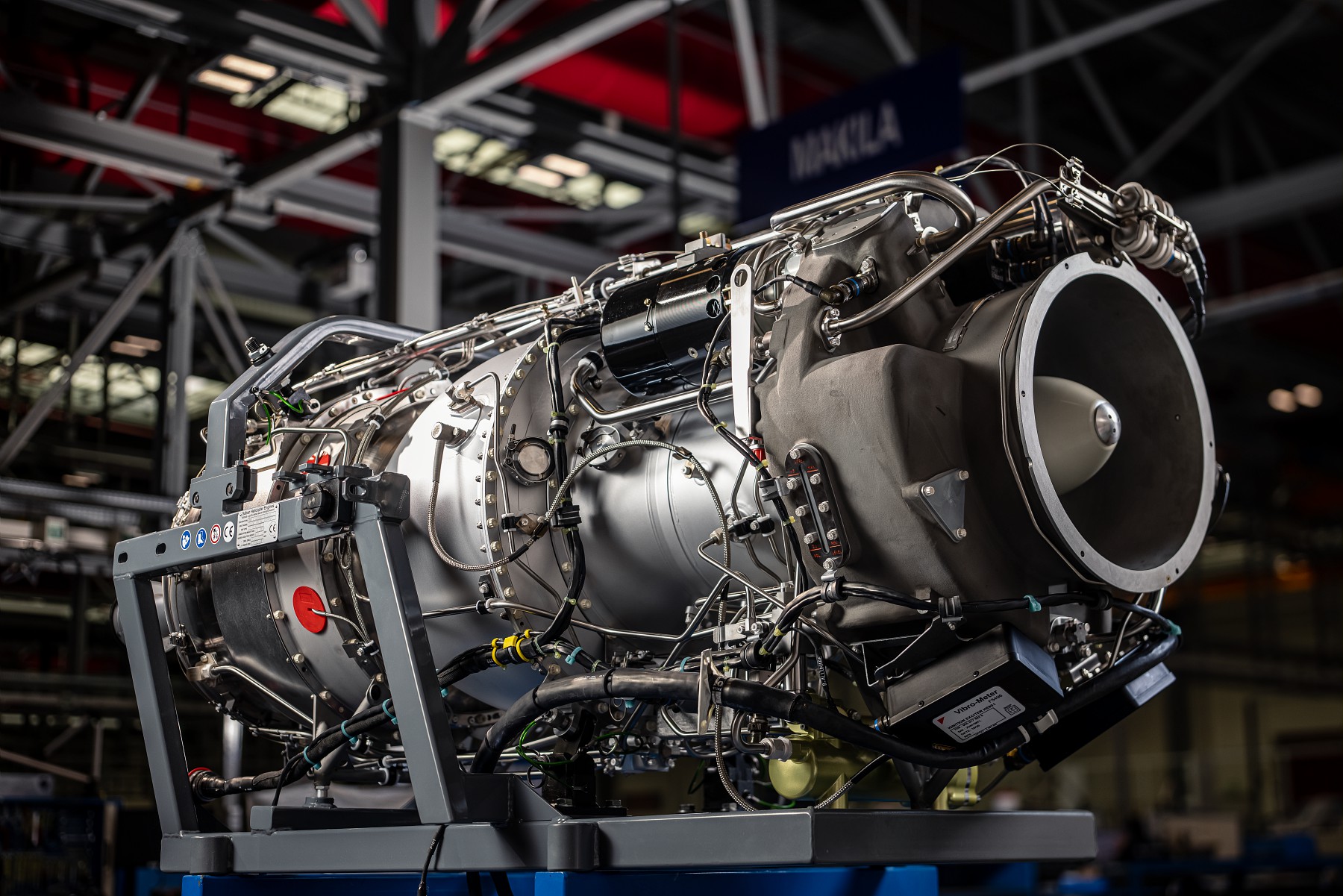
In a significant step toward enhancing India’s defence capabilities, Safran, the French aerospace and defence company, and Hindustan Aeronautics Limited (HAL), India’s premier aerospace company, are set to initiate a joint venture (JV) for the development of a new engine for the 13-ton Indian Multi-Role Helicopter (IMRH) program. This collaborative effort is poised to commence next month, with HAL’s Tumakuru facility serving as the hub for the engine’s development activities. The venture promises to be a game-changer for India’s defence capabilities.
In the Safran-HAL partnership, the workload is evenly split, with both companies contributing equally, sharing a 50:50 work share. The partnership is aimed at equipping the IMRH program with a cutting-edge engine that meets the unique and demanding requirements set by the Indian military.
Continue readingSOURCE: IDRW.ORG TEAM

Hindustan Aeronautics Limited (HAL) is at the forefront of upgrading India’s Su-30MKI fleet with the “Super-30” upgrade configuration. In a recent development, HAL’s Chairman and Managing Director, CB Ananthakrishnan, has confirmed that discussions with the Indian Air Force (IAF) regarding the upgrade are nearing finalization. The “Super-30” upgrade holds the promise of transforming the Su-30MKI aircraft with an array of advanced systems and equipment, many of which will be sourced locally. HAL’s self-reliant approach and confidence in executing this program without Russian Original Equipment Manufacturers (OEMs) are paving the way for a significant advancement in India’s defense capabilities.
Key Elements of the “Super-30” Upgrade: The “Super-30” upgrade program for India’s Su-30MKI fleet entails a comprehensive overhaul that encompasses various vital systems and equipment. Key highlights of the upgrade include:
Continue readingSOURCE: IDRW.ORG TEAM
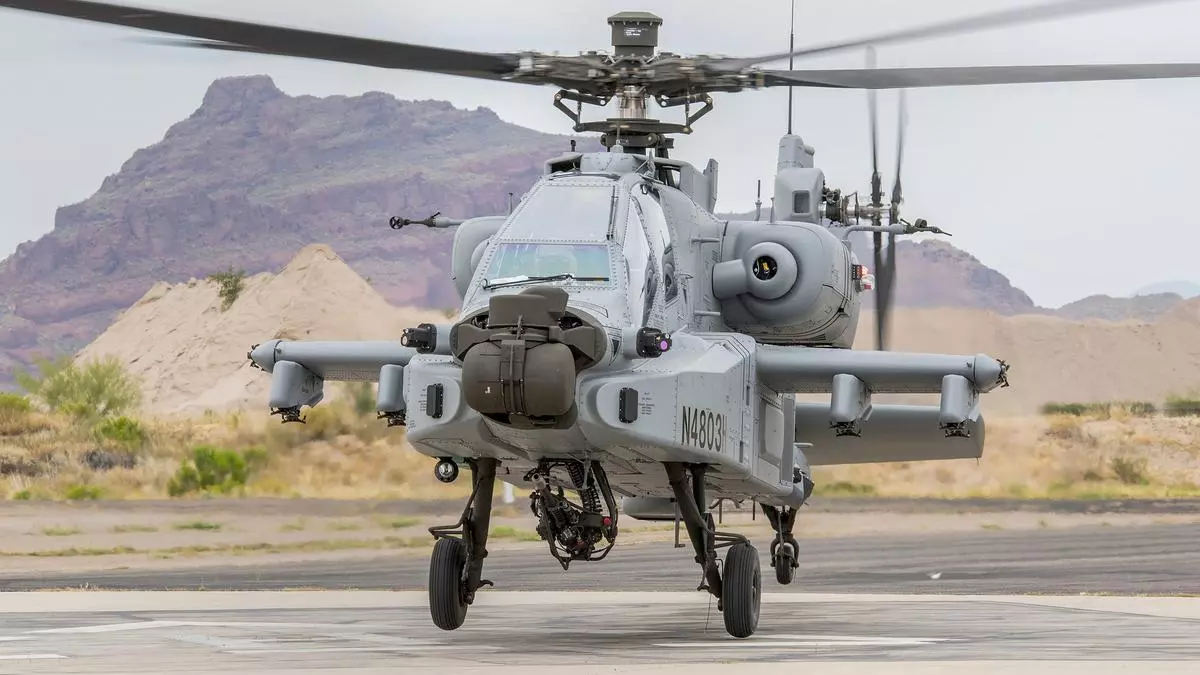
The Indian Army is poised to receive the first batch of six AH-64E Apache Attack Helicopters, marking a significant enhancement in its aerial capabilities. These helicopters, ordered in 2020, have been eagerly awaited, and the Army is already looking to bolster its fleet with an additional order for 11 more AH-64E Apache Attack Helicopters from Boeing that might be contract in early 2024.
Boeing, a prominent U.S.-based aerospace and defense company, had previously delivered 22 Apache E-model helicopters to the Indian Air Force in 2020. Subsequently, a contract was signed to produce six AH-64Es specifically for the Indian Army. This contract is valued at approximately $930 million and includes advanced features and armaments.
Continue readingSOURCE: RAUNAK KUNDE / NEWS BEAT / IDRW.ORG

Hindustan Aeronautics Limited (HAL), India’s leading aerospace and defence company, is on a mission to ramp up the production of Tejas Mk1A fighter aircraft, a potent symbol of India’s indigenously developed military technology. In an interview with Hindustan Times, HAL Chief CB Ananthakrishnan outlined the company’s ambitious plan to increase Tejas production from the current 16 aircraft per year to 24 by 2025-26, with an ultimate goal of reaching a remarkable 30 units annually.
HAL’s plan to boost Tejas production revolves around close collaboration with private sector companies specializing in manufacturing aircraft components. Talks are already underway to enlist the support of these private sector partners to enhance production as the number of Tejas aircraft soar.
Continue readingSOURCE: RAUNAK KUNDE / NEWS BEAT / IDRW.ORG
The Indian Air Force (IAF) is poised to make a strategic decision to further expand its procurement of the Meteor missile, a European active radar-guided beyond-visual-range air-to-air missile (BVRAAM). This expansion comes in response to the delay in the development and production of the Solid Fuel Ducted Ramjet (SFDR), also known as Astra Mk3, by the Defence Research and Development Organisation (DRDO).
Astra Mk3, which was expected to enhance India’s air-to-air missile capabilities, is still five to six years away from entering production and is yet to undergo airborne developmental trials. The integration of the Meteor missile onto Indian platforms had initially faced challenges, but with the development of indigenous radar systems, these hurdles are being overcome, enabling the IAF to equip a broader range of aircraft with this formidable BVRAAM.
Continue readingSOURCE: RAUNAK KUNDE / NEWS BEAT / IDRW.ORG
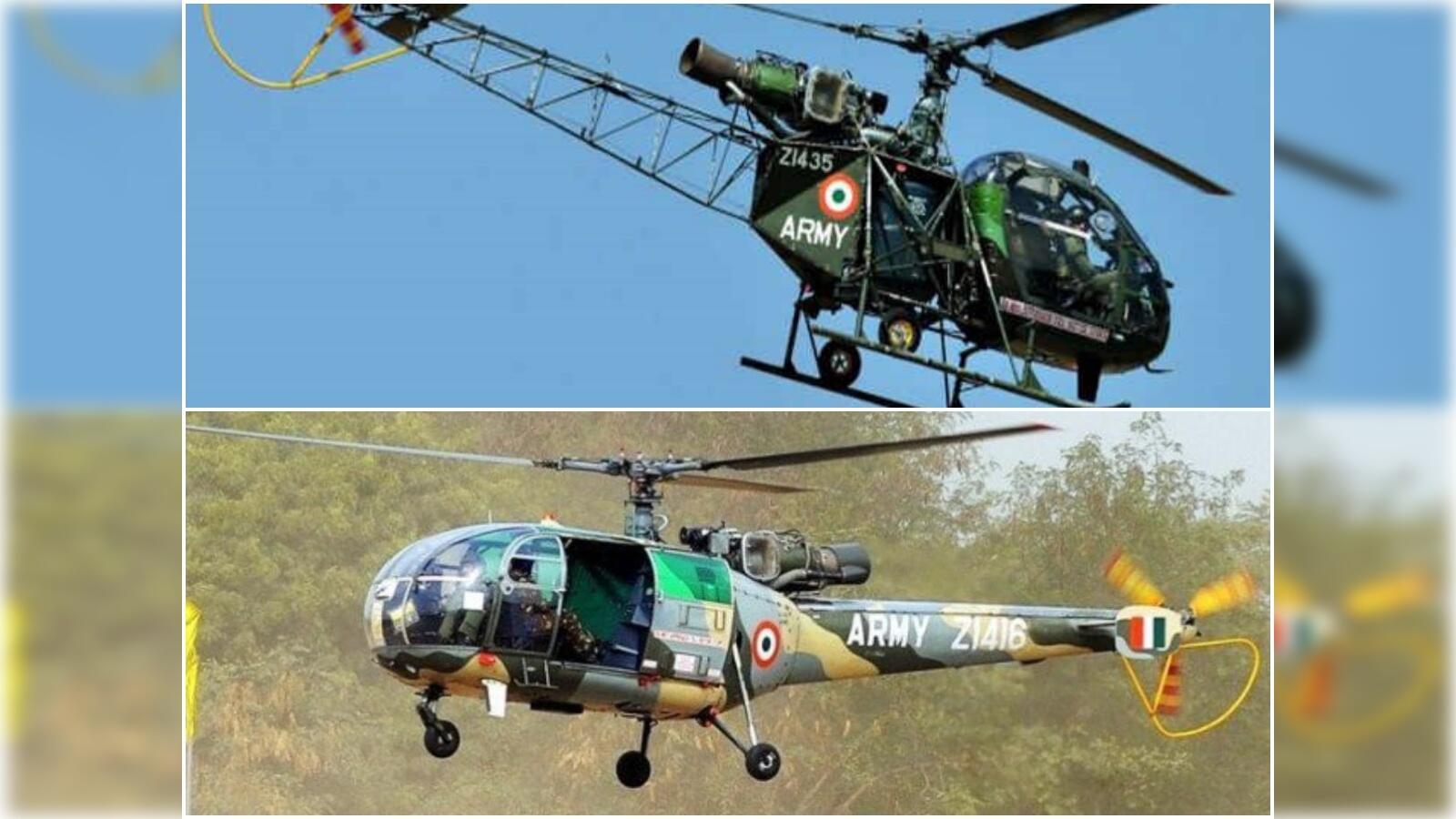
The Indian Army Aviation Corps, operating a fleet of nearly 200 Cheetah and Chetak helicopters dating back to the 1970s, is set to initiate their phase-out starting in 2027. These ageing helicopters will be replaced by the HAL-developed LUH (Light Utility Helicopter). In the first phase, approximately 50 Cheetah and Chetak helicopters that have exceeded their Total Technical Life (TTL) will be gradually retired. However, the remaining fleet is expected to continue in service until at least 2033, even though 70 per cent of these helicopters are over 30 years old.
Both the Indian Air Force (IAF) and the Army Aviation Corps (AAC) have been using Chetak and Cheetah helicopters for various missions, including the transportation of personnel and equipment, casualty evacuation, search and rescue operations, aerial surveys, patrolling, and off-shore and under-slung military operations. The IAF and AAC collectively operate between 60 to 120 of these helicopters.
Continue readingSOURCE: IDRW.ORG TEAM

In a recent interview with Hindustan Times, HAL Chief CB Ananthakrishnan provided updates on the certification process and production status of the Tejas Mk-1A, showcasing the significant progress achieved by Hindustan Aeronautics Limited (HAL) in India’s indigenous fighter aircraft program. As HAL gears up to deliver the advanced Tejas Mk-1A jets to the Indian Air Force (IAF), the certification process is nearing completion, and production is in full swing, ensuring a timely delivery of the sophisticated aircraft to bolster India’s defense capabilities.
Ananthakrishnan affirmed that the Centre for Military Airworthiness and Certification is actively engaged in the certification process of the Tejas Mk-1A’s new systems. With the majority of systems already certified, only a few more remain in the pipeline, expected to be approved within the next two to three months.
Continue reading